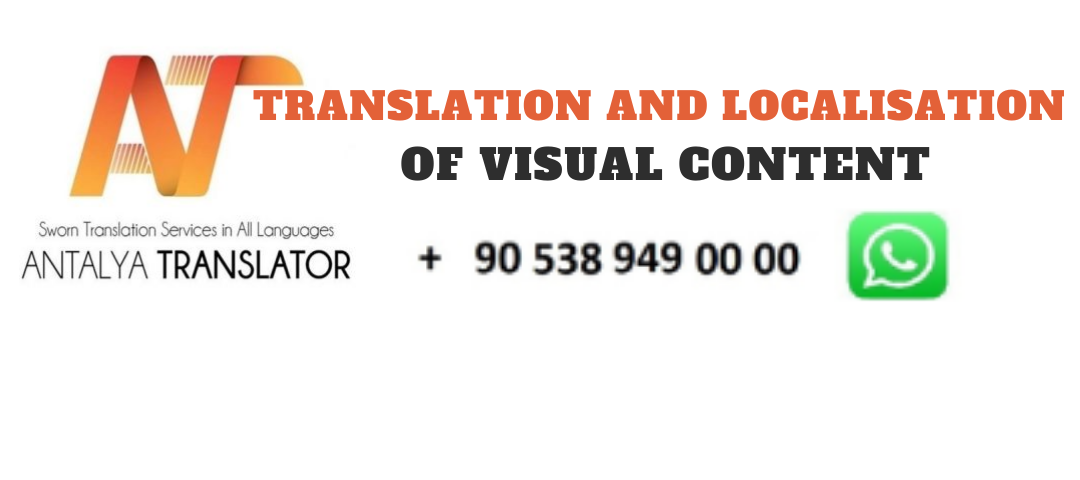
Contributions of Translation Companies with Sectoral Publications and Articles: Knowledge Sharing and Professional Development
August 22, 2023
Customer Oriented Approach: We Make a Difference in Personalised Translation Services
August 23, 2023Visual content has become one of the cornerstones of modern communication. People prefer to access information quickly and effectively through visuals. However, different languages and cultural differences can make it difficult to understand visual content correctly. This is where translation and localisation of visual content comes into play.
The Importance of Translating Visual Content
Visual content is used to convey messages faster and more effectively than text. However, the impact of an image is magnified by the correct understanding of the message it contains. In translation projects, the translation of visual content ensures that the message is transferred from the original language to the target language and culture. This is the basis for effective communication with a global audience.
Localisation and Cultural Adaptation
Translation of visual content does not only mean translating words. It also involves the process of localisation. Localisation refers to adapting the content to the target culture. This includes the arrangement of symbols, colours, semantics and other visual details in the visuals in a way that is appropriate to the local culture. In this way, the message is more meaningful and effective in the target culture.
Translation and Localisation Cooperation
The translation and localisation of visual content requires the collaboration of translators and localisation experts. Interpreters translate the text linguistically, while localisation experts analyse the content culturally. This co-operation ensures that the content is accurately communicated both linguistically and culturally.
The Role of Technology
Technology also plays an important role in the translation and localisation of visual content. AI-assisted translation tools can help translate visual content as well as textual content. However, despite technology, the human factor plays a critical role in terms of cultural sensitivity and accurate preservation of the meaning of the content.
Antalya Translator’s Approach
As Antalya Translator, we attach great importance to the translation and localisation of visual content in translation projects. Our professional translators translate the content accurately by combining language and cultural sensitivity. We work diligently to ensure that the message in the visual content is conveyed completely.
Result Effective and Culturally Responsive Communication
Translation and localisation of visual content is the basis for effective and culturally appropriate communication. People can understand the same message across different languages and cultures. This enables translation projects to communicate effectively while appealing to a global audience.

